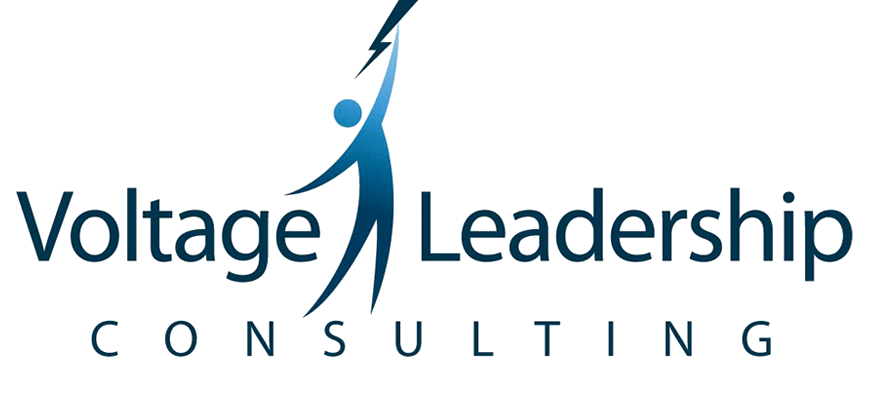THE LEADERSHIP EQUATION
What causes us to notice and reflect upon both how we behave and how we are responded to by others?
It might be that sinking feeling we have when we walk into a meeting that we’ve prepared for, only to realize that what we are ready for is not what is about to happen.
It could be the frustration we feel when, after many years of successful collaboration on another team, we join a new group only to discover that we can’t seem to fit in, find our role, or figure out how to be successful.
It may be that we have achieved a new level of success, but find that, with that change, we have lost our competitive edge, our confidence, and our camaraderie with colleagues.
Paying attention to how we land on other people; how we make them feel when they are in our presence, is essential if we want to succeed in the long term.
Being a bull in a china shop might get us promoted a few times by people impressed by our bravado, but eventually we will get handed a bill for all the damage we have done. We ignore the impact of our actions at our own peril.
In my cohorts of leaders who are working to define and refine their executive presence, I encourage them to begin with two simple steps:
1. Become Aware of your behavior and how your words, actions, silence, and inactions affect the people around you. Everything we do and don’t do has some kind of impact and the higher we ascend in leadership, the bigger our impact zone becomes.
2. Be Intentional about your choices: your words, your tone, your timing, and your approach have various impacts. Thinking through the effect we want to have on others and then designing our presence to match that desired outcome is worth the time it takes.
So the next time you have a sinking feeling when you walk into a meeting, or find yourself feeling frustrated about your interactions with your team, follow these four steps:
1. Stop. Pausing is powerful. It gives you a moment to respond instead of react. Next,
2. Reflect. What is actually, factually happening? Who, What, When, Where, Why and How questions are a good place to start. Then ask yourself, what part of this is fact and what part of this is my interpretation of the facts? Seek to know the difference. Remember the meaning changes depending on the point of view of the narrator. Try to narrate your stories from the point of view of the people around you.
3. Imagine. Get a clear picture in your mind of the effect you want to have. This allows us to then think: what approach do I want to take to achieve this outcome? And then: what next step can I take with this person/people?
4. Act. Always act with intention.
When I practice these four steps; Stop, Reflect, Imagine, and Act, the interaction usually goes well. When I feel rushed, or like a victim of circumstance and I don’t take time to act with intention, I miss the mark. My coaching colleague Scott Eblin says it this way, “Awareness + Intention = Mindfulness.”[i]
What kind of impact do you want to have on the people around you?
How can you design your actions to be in alignment with your desired outcome?
Asking these questions is the first step towards getting where you want to go.
[i] Scott Eblin, Overworked and Overwhelmed (Hoboken, New Jersey: Wiley and Sons) 2014.

